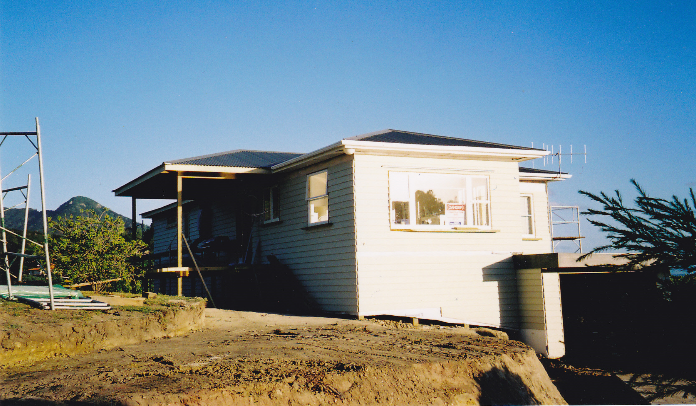As the use of illicit drugs, in particularly methamphetamine (“meth”) grows in popularity, so does the chance that you could purchase a property that was used as a clandestine meth laboratory.
When meth is manufactured or used, a wide range of poisonous, explosive, and extremely flammable chemicals are used. These chemicals, fumes and by- products can be spilt on surfaces, carpets, curtains and ventilation systems, and poured down drains contaminating the structure and fabric of the building.
Exposure to the chemicals found in meth labs can have various short-term and long-term effects on the health of the occupants. As a result this impacts on the value or marketability of a property to potential purchasers or tenants.
When a meth lab is discovered by police, a notification is usually provided to the local council who in turn raise a requisition on the council’s Land Information Memorandum (LIM) database. Under the Health Act 1956, a Cleansing Order is issued by the council to the owner of the property and a validation report plus other relevant information must be provided to the council before the Cleansing Order can be discharged.
It is estimated that the proportion of meth labs found by the police is 5 to 10% of the total amount in operation at one time and that in 2009, 75% of meth labs reported were located in rental properties. Therefore there is a strong chance that many home owners have given into temptation and replaced the carpet and repainted the walls in an attempt to hide the signs of meth use in order to preserve the property’s value. This is a short-term fix and does not resolve the issue as the highly toxic residues remain.
Caution must be raised, particularly if the purchaser has a view to tenanting the property in the future, as it is a breach of a landlord’s obligations to tenant a contaminated premises. Therefore if undetected the costs of remediating the property may fall on the purchaser.
As a prospective purchaser, there are a number of practical things that can be
done to reduce the risk that the property you are about to purchase was a meth lab, which include:
- Find out whether the property has been used as a rental,
- Contact the local council and review the LIM report as part of pre-purchase due diligence (however there may be a chance that the local council records may not be up to date),
- Ask the vendor and real estate agent about the property’s history; specifically asking whether they are aware of any meth related activity. Legal remedies may be available where misrepresentation is proven,
- Ask the vendor if the property has been monitored for meth manufacture by a third party agency (similar to an alarm system),
- Inspect the property for tell-tale marks. However, it is very hard to detect when the property has new carpet and a fresh coat of paint,
- Contact the neighbours to inquire about the property’s history, and
- Get the property tested (prior to making an offer of purchase or as a condition).
If you are a prospective purchaser and have concerns about a potential property, it is our advice that you contact a property lawyer to discuss your concerns in detail.

